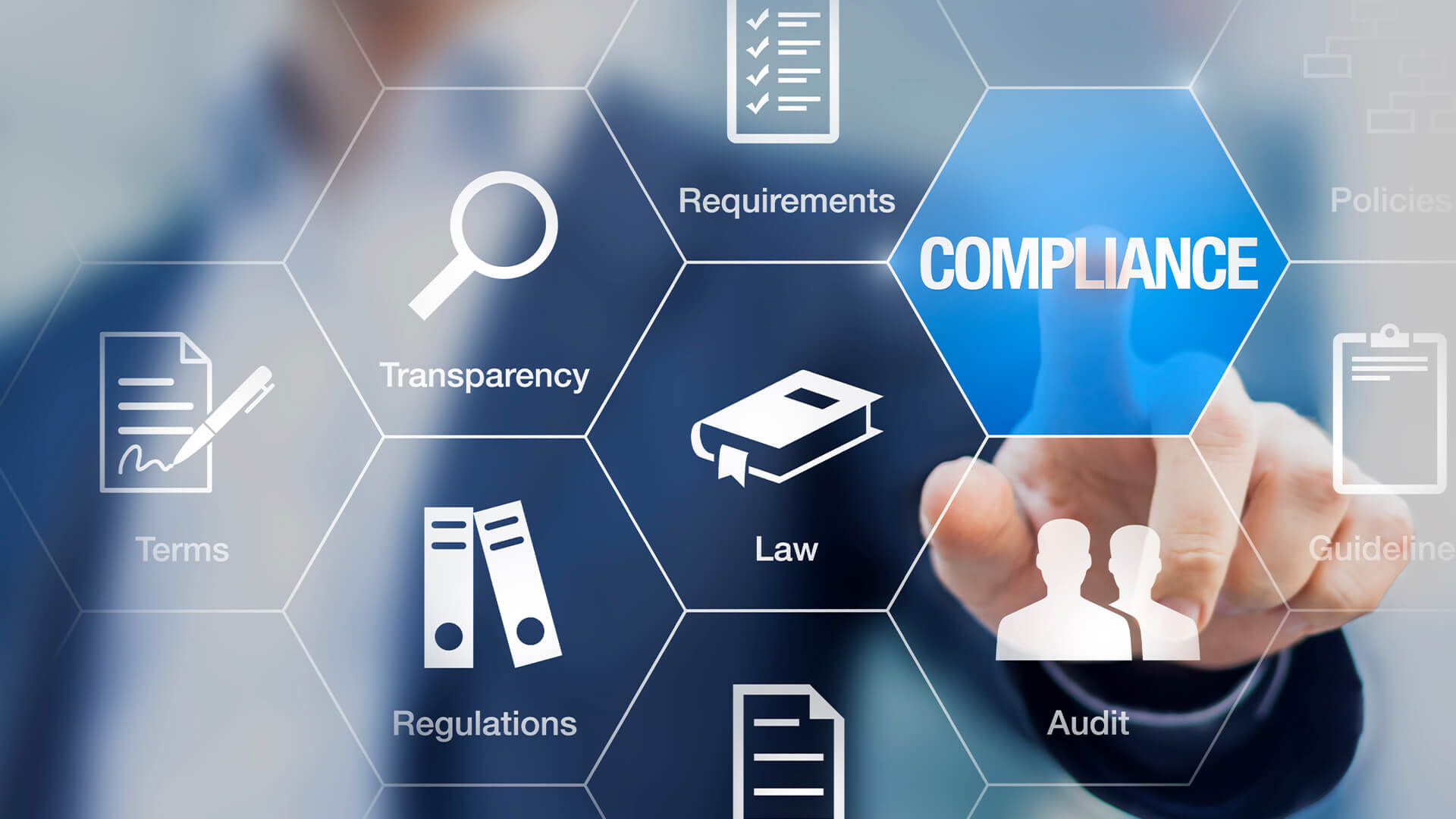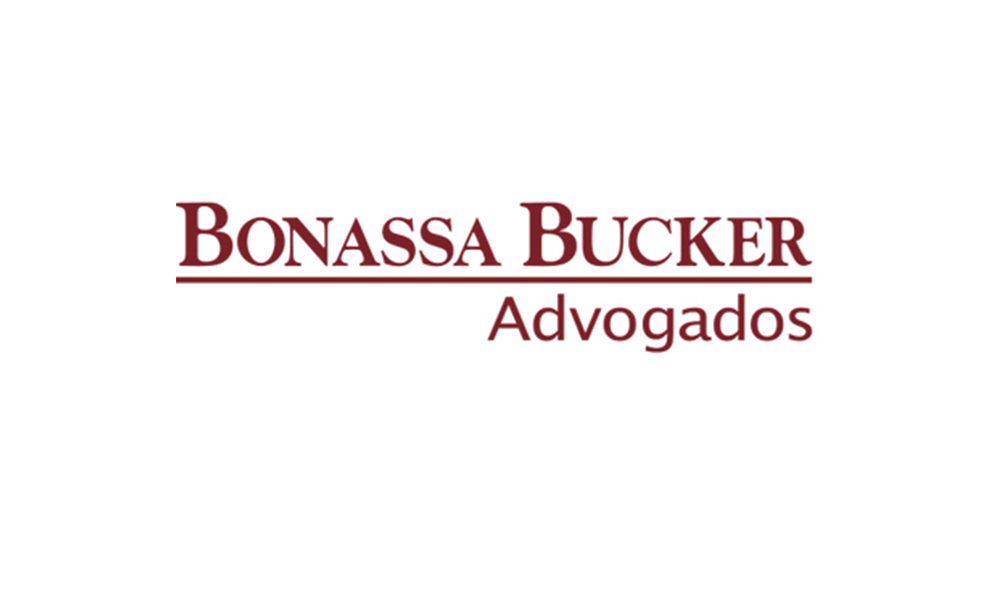
Compliance risk, also known in some regions as “integrity risk”, is a business’s potential to be exposed to monetary fines, legal penalties, material losses, etc. All this is caused by a failure to comply with the parameters set by the industry’s best practices and laws and regulations. Compliance risk is present for every type of business, regardless of whether it’s a profit or non-profit or operates in the private or public sector.
All organizations accept that this type of risk is the price of doing business in a regulated and controlled manner. It is the responsibility of the organization to stay cognizant of the industry’s regulatory bodies and stay up to date with the changes made in legislation. There are of course organizations such as https://techumen.com/hipaa-security-risk-assessment/ that deal specifically with making sure that your company avoids any compliance risk issues.
This article will dive into the most common examples of compliance risk and then delve into comprehensive solutions to avoid and mitigate the penalties that might come your way.
1. Data Management
Depending on what type of information your organization deals with, several regulations are in place that stipulates how this data is stored and transferred, and who ultimately has access to it. The types of records most commonly under scrutiny include:
- Medical history
- Financial documents
- Academic records
- Credit card data
Failure to protect your client’s data will lead to hefty penalties. Small businesses and start-ups, in particular, are prone to data breaches as they don’t usually prioritize their resources toward cybersecurity.
2. Corruption
Corruption is a common malaise found in almost all organizations. It’s the job of the business to create an environment that doesn’t allow for its employees to engage in behavior that could prove harmful to the business’s image and integrity such as fraud.
Ethics training must be conducted on an as-needed basis for all staff to prevent any room for interpretation. Monitoring employee behavior is also a viable option to curtail corruption. It must be noted that your company can be held liable if third-party businesses outside of your company’s control are engaging in corrupt activity and your company is aware of it.
3. Lack of Disaster Preparedness
This refers to the failure to have strategies and plans in place in the event of natural or man-made disasters. It’s a largely overlooked compliance risk as many businesses, particularly smaller ones, would believe this to be an example of external factors out of their control.
That’s why it’s important to examine the different disaster scenarios that could affect businesses’ day-to-day operations.
For business continuity, it must implement IT support systems that will make it possible for a business to function amidst the disaster. An added risk that was discussed in a previous point is the protection of data. A disaster recovery plan that focuses on procedures that will be employed to protect, retrieve, and restore data to ensure basic operating functions as soon as the company can.
A data breach that occurs during this period due to the vulnerability of a company’s systems can be penalized if proper measures weren’t taken to prevent it.
A well-thought-out disaster recovery plan must include details such as:
- Strategies that minimize the duration of disruption of regular business operations.
- The development of teams that will be on standby to implement the recovery work.
- The simplifying of recovery work through performing test drills regularly to ensure the effectiveness of the plan.
4. Health and Safety Protocols
Many laws regulate health and safety compliance across the globe. In the United States, OSHA (Occupational Safety and Health Administration) and FDA (Food and Drug Administration) are present. Their equivalent in Europe would be EU-OSHA (European Agency for Safety and Health at Work) and EMA (European Medicines Agency).
Businesses are legally bound to follow the specific health and safety protocols specific to their region. By adhering to health and safety compliance, an organization can avoid injuries, health-related issues, and even death.
5. Social Responsibility
The impact on and way your organization treats its staff and the surrounding community can create financial risks.
While this final point may not be a regulated compliance risk, no organization is free from the scrutiny of the court of public opinion. Failure to retain a good image for your business will result in a boycott of your service/product which will, in turn, cause you to lose profits.
Conclusion
An organization must run regular compliance risk assessment checks which will help identify the potential risks that will lead to the breaking of compliance regulations. As mentioned in this article, the easiest and most effective way of avoiding breaking compliance is simply complying.




















